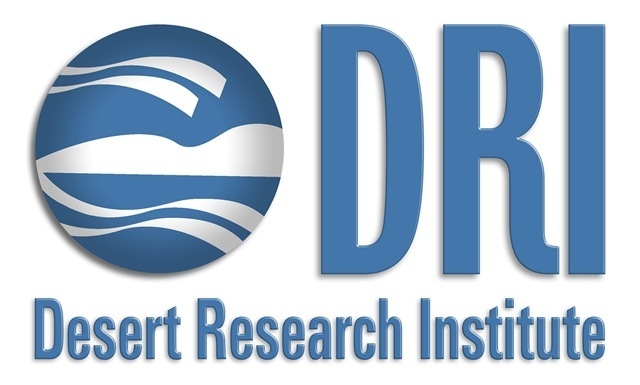Shutdown stops federally funded projects at Desert Research Institute

Ted Hartwell is a victim of the federal government shutdown.
He is one of several researchers at the Desert Research Institute who have been told by the federal government to stop working. The institute is the research arm of the Nevada System of Higher Education. In 2011-12, about 81 percent of its research projects were funded by federal dollars.
The impact of the shutdown on the institute is about $113,000 per day in federal funds, said Alan Gertler, vice president for research at the institute.
“A lot of people are really suffering,” Gertler said.
Hartwell is one of 25 principal investigators and 47 support staff members who have been affected by stop-work orders that the institute has received in the wake of the shutdown.
If affected researchers don’t have other projects, they are being forced to take annual leave or furloughs without pay, Gertler said.
“They are basically not getting paid,” he said.
Officials expect more stop-work orders to come in as the shutdown continues.
The institute has 130 principal investigators and Hartwell happens to be one of the 25 affected.
He manages the Community Environmental Monitoring Program. It’s a data collection program with 23 monitoring stations in communities surrounding the Nevada National Security Site, formerly known as the Nevada Test Site. The program’s purpose is to ensure that there’s no radiation present from past activities associated with nuclear testing.
“About 70 percent of my funding was coming from that particular program,” Hartwell said. “It’s definitely the majority of my funding.”
Hartwell is now only working a couple of hours a week on projects unrelated to this program.
This is the first time the program has been halted in its 32-year history, he said. Most of the work is automated, but under the stop-work order, air filter samples can’t be collected and any technical issues that might arise will not be addressed.
The air filter samples are collected by community members once every two weeks. One sample period already has been lost and researchers could lose another if the shutdown continues, Hartwell said.
The program is critical to the communities around the test site, Gertler added.
Hartwell said funding for the program had been reduced to about $1.4 this year because of the sequester cuts, and now with the shutdown, officials don’t know if the amount will be reduced even more.
They are not the only ones in that situation.
Iain Buxton, chair of the department of pharmacology at the University of Nevada School of Medicine, said his department was expecting two three-year grants totaling about $2 million.
“They are now on hold and we don’t know when they will come,” he said.
In addition, the National Institutes of Health are closed and can’t accept new grants. If researchers had plans to apply for new grants, they can’t submit them now, Buxton said.
“All these grants are only accepted on a specific deadline,” he said. “What that means for those who are sending new grants is that they are in limbo.”
Delays in other grants are also expected, which could be problematic.
“People can’t be hired and people in other programs might lose their jobs because they can’t pay people,” he said.
Other programs might lose momentum, Buxton said.
“The unintended consequences of draconian idiocy has an impact,” he said. “It’s incredibly frustrating.”
Only 18 percent of the University of Nevada School of Medicine’s budget comes from the state.
Research at the University of Nevada, Las Vegas also may be affected in future if the shutdown continues.
“For UNLV, most funding agencies are advising that work on sponsored projects should continue as usual,” Tony Allen, UNLV spokesman, said in an email. “Our Office of Sponsored Programs reports that UNLV faculty with research grants and or sponsored programs might expect slower responses and less support from agencies, as well as possible payment delays.”
Reporter Yesenia Amaro can be reached at (702) 383-0440, or yamaro@reviewjournal.com.












